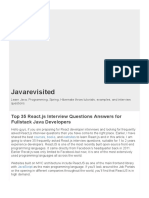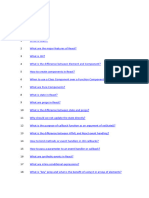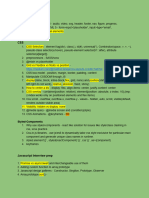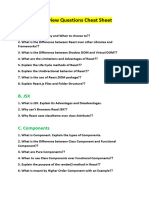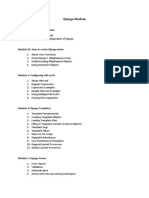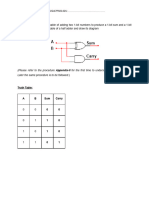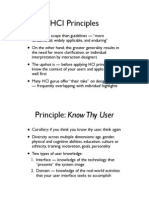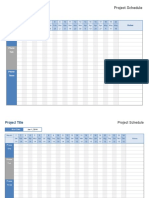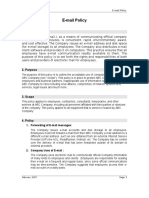0% found this document useful (0 votes)
11 views13 pagesNode
The document provides solutions to common programming problems in Node.js and JavaScript, including string manipulation, array operations, and basic algorithms like palindrome and anagram checks. It also outlines essential JavaScript and Node.js topics for interviews, such as asynchronous programming, REST APIs, and error handling. Additionally, it covers React concepts like lifecycle methods, hooks, and performance optimization strategies.
Uploaded by
jay2001pCopyright
© © All Rights Reserved
We take content rights seriously. If you suspect this is your content, claim it here.
Available Formats
Download as PDF, TXT or read online on Scribd
0% found this document useful (0 votes)
11 views13 pagesNode
The document provides solutions to common programming problems in Node.js and JavaScript, including string manipulation, array operations, and basic algorithms like palindrome and anagram checks. It also outlines essential JavaScript and Node.js topics for interviews, such as asynchronous programming, REST APIs, and error handling. Additionally, it covers React concepts like lifecycle methods, hooks, and performance optimization strategies.
Uploaded by
jay2001pCopyright
© © All Rights Reserved
We take content rights seriously. If you suspect this is your content, claim it here.
Available Formats
Download as PDF, TXT or read online on Scribd
/ 13


